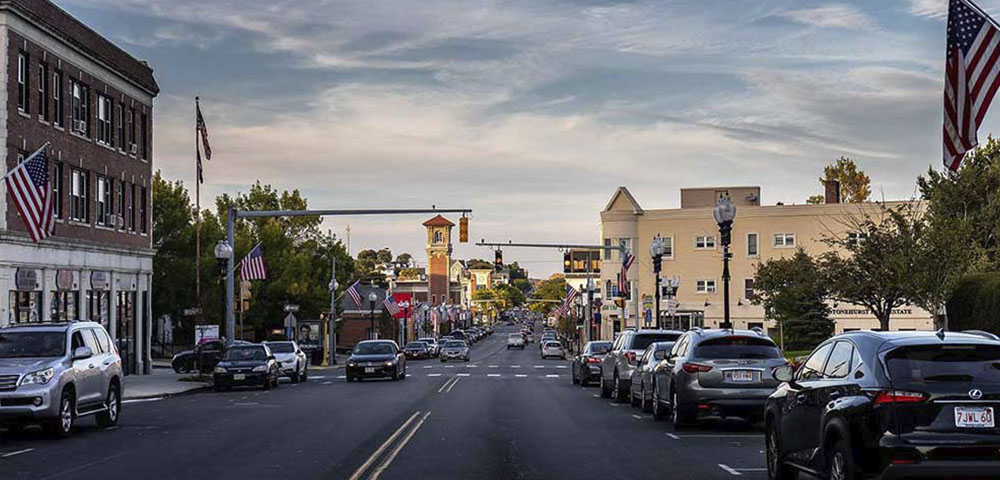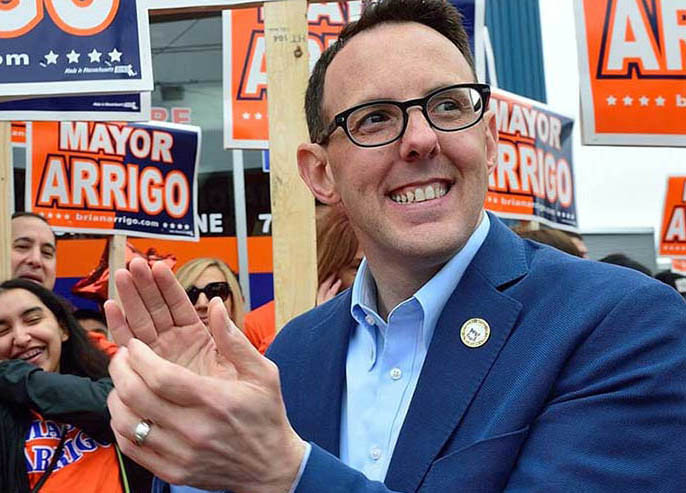While its rebirth has all the earmarks of a bright future, local officials are being mindful to proceed with caution to prevent current residents, who make up the vibrant fabric of Revere, to become unrooted as a casualty of the community’s own success.
With that in mind, Mayor Arrigo and his team turned to a resource they had worked with in the past, one they know well and respect highly: the Rappaport Greater Boston Field Lab at Harvard Kennedy School (HKS). As part of Professor Linda Bilmes’ class, a five-student team was asked to explore the financial feasibility of inclusionary zoning – a practice where developers are incentivized to build affordable housing – and how different variations of its implementation could impact the future of Revere.
The innovative students who undertook this research were: Lauren Craik, MIT City Planning and Transportation Science dual degree ’22; Avanti Krovi, Harvard Graduate School of Design (HGSD) ’21; Eve Lee (HKS ’21); Chris Musser (HKS ’22); and Bobby Wang (HGSD ’21).
“One of the things that makes Revere great is the richness of our incredibly diverse community,” said Reuben Kantor, the city’s Chief Innovation Officer. “It would be awful if the result of all this change is losing that. So, a big part of our goal is to figure out what the strategies are for not letting that happen.”
Ultimately, the goal was to determine the optimal parameters for a prospective inclusionary zoning policy that would maximize affordable units while keeping development financially feasible giving the ever-growing market trends in the city.
“There was a sense of increasing development being both an opportunity and a threat, and Revere wants turn it more into an opportunity,” Craik said. “The question was, how do we use all this development to do something good for the community, instead of just worrying about displacement and gentrification. The thinking was, let’s take action and harness the development.”
In tackling the challenge, the group’s initial strategy was to divide the project into three workstreams: a comparative analysis of peer cities overseen by HKS classmates Lee and Musser; market research undertaken by Lee and Krovi; and the financial analysis, led jointly by Krovi, Wang, and Craik.





